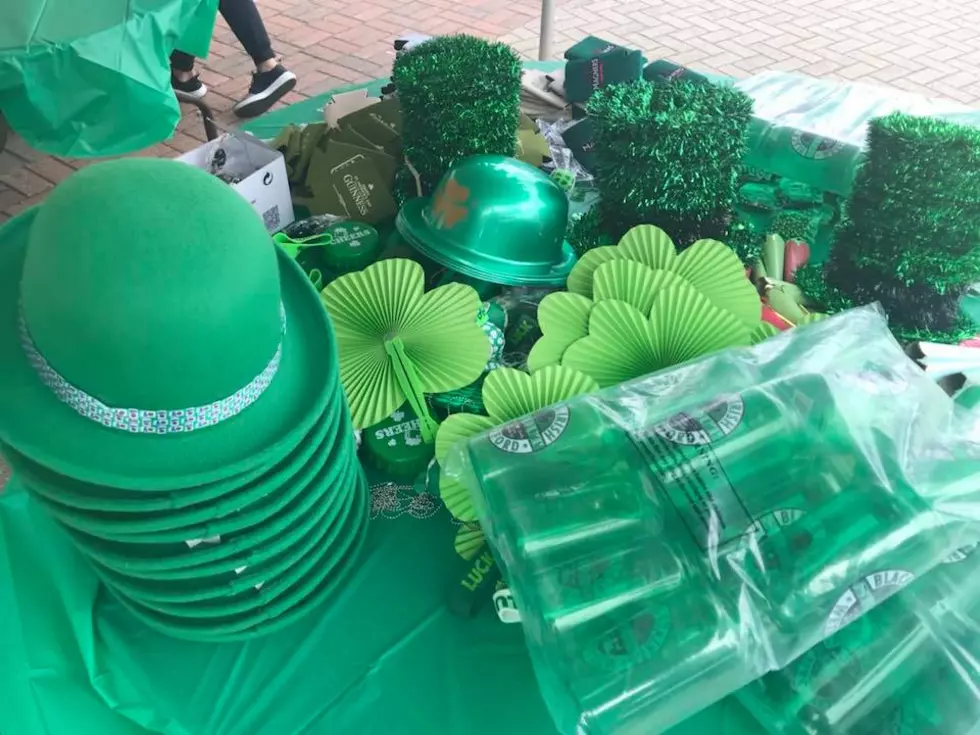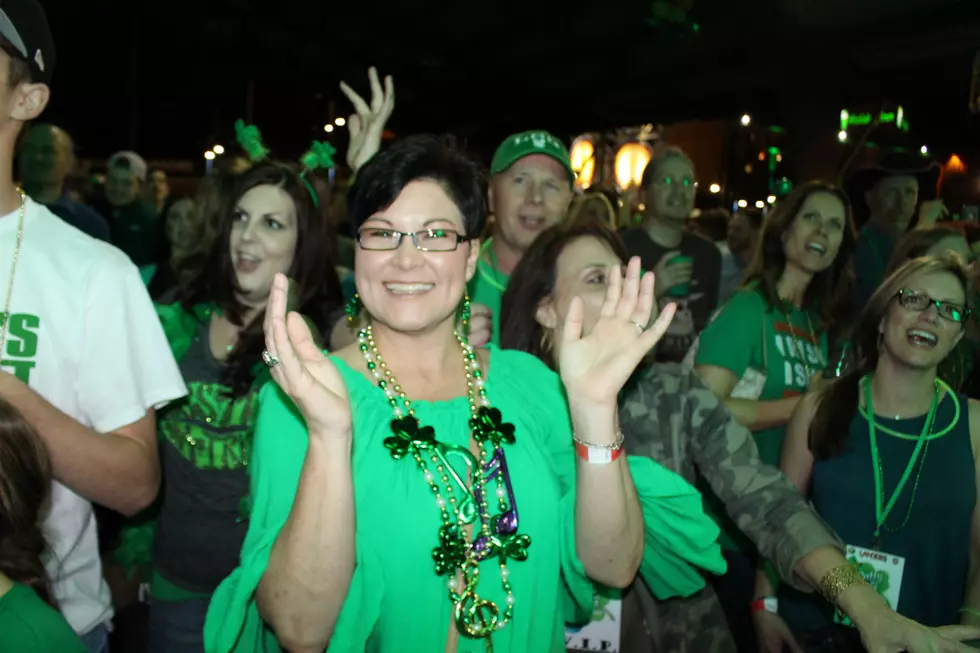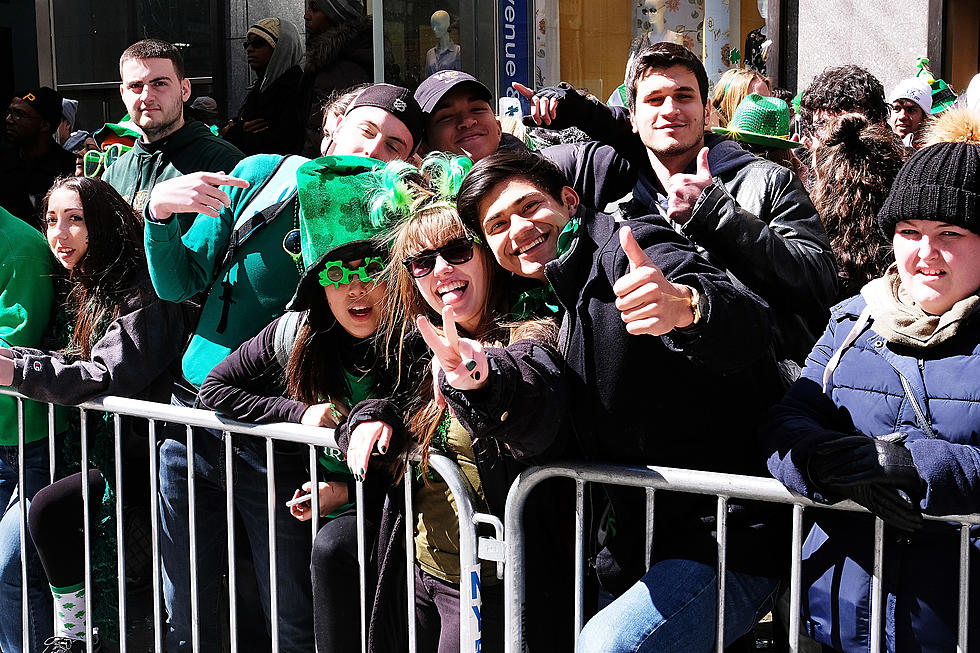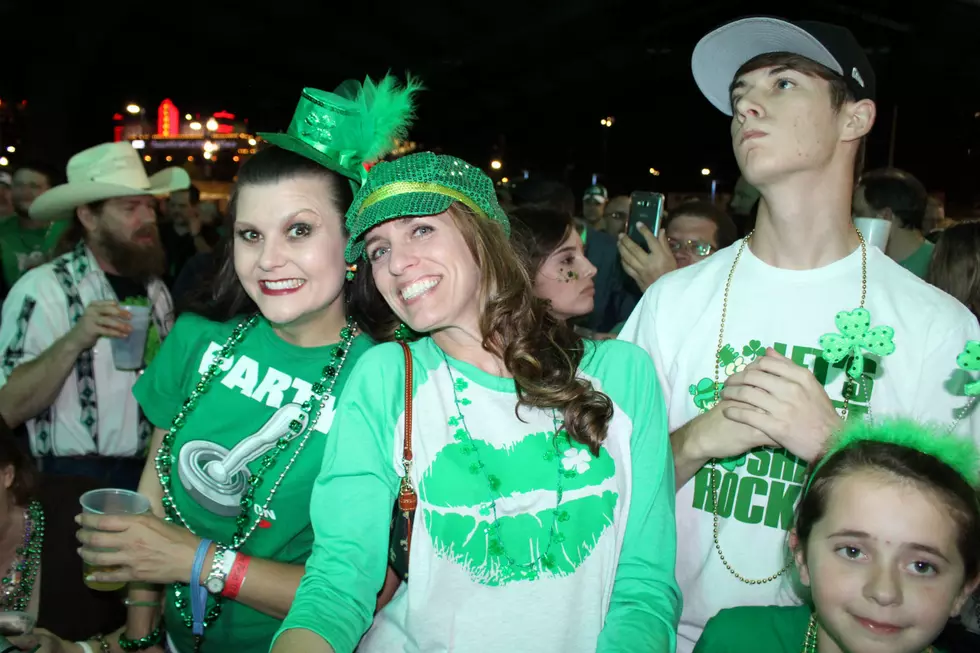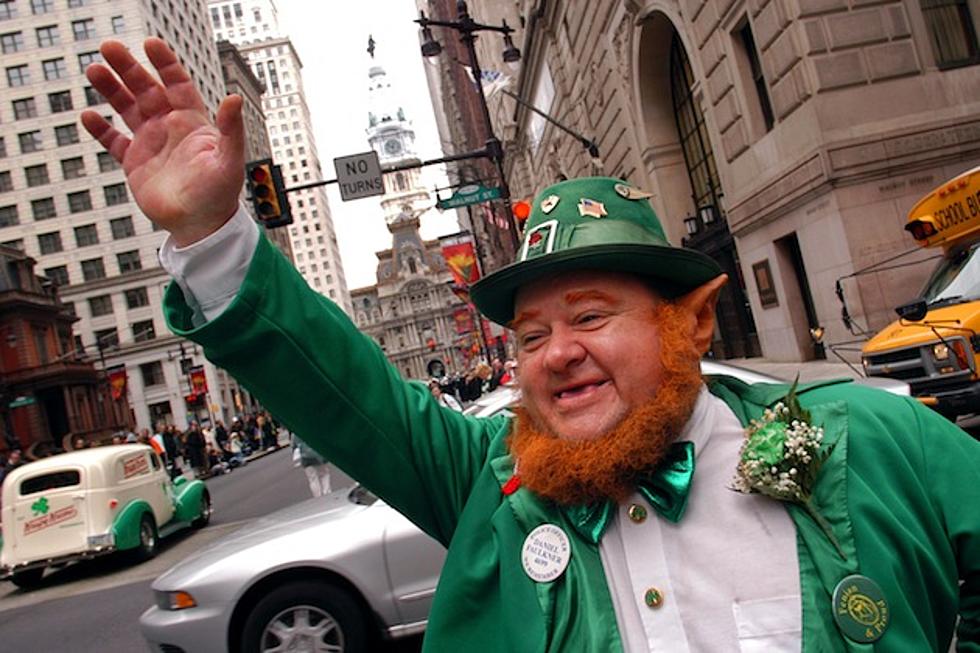
10 Things You Probably Didn’t Know About Leprechauns
Few icons from folklore and mythology have been branded and co-opted more than the leprechaun. Stories of their rare appearances and coveted pot of gold have permeated almost every aspect of popular culture. They have become so synonymous with Irish culture that the streets are filled with tall green hats and green coats every St. Patrick’s Day. Their history, however, is far different from the traditional leprechauns that endlessly wander into bars and fight hangovers one weekend in March. Take a look at a few things you probably didn’t know about leprechauns.
1. The early leprechaun looked nothing like he does today
These days, it seems that even a toddler with a very loose grasp on the English language can identify a leprechaun thanks to its green clothes, red beard and short derby hat. Early Irish folklore, however, describes this mischievous being quite differently. According to the 1831 book ‘Legends and Stories of Ireland’ by Irish novelist Samuel Lover, Ireland’s ancestors described leprechauns as short beings dressed in red who wore a “cocked hat” or a tri-cornered hat. So really you should be pinching your pals for not wearing a red sweater.
2. There are no female leprechauns
There seems to be a hole in the narrative of the leprechaun, besides the fact that the laws of biology, physics and tailoring prevent such creatures from even existing. According to the book ‘A History of Irish Fairies,’ there is no record in Irish folklore of leprechauns having a female counterpart in their ranks or even a solid record of how they procreate or reproduce. (Try to erase that image from your mind.) The book speculates that leprechauns are the offspring of fairies who were deemed “defective children…because of their shape and disposition.”
3. Leprechauns aren’t just native to Ireland
The Irish isle may have popularized the legend of leprechaun, but they weren’t the first to create stories about small people. Holland, for instance, has the “Kabouter,” a small “gnome-like” creature that cobbles shoes (better known today as a “gnome”). The Isle of Man off the coast of the United Kingdom has the “fenodyree,” a small, hairy, clumsy creature who would help farmers drive sheep and harvest crops.
4. The earliest leprechaun legend is only 20 years old
Since leprechauns are embedded in Irish folklore and thousands of years old, it’s hard to imagine someone in modern times or even in this century claiming to have seen one of the little buggers. The last legend, however, dates back to the year 1989. Pub owner P.J. O’Hare claimed to have seen one in the Irish town of Carlingford. According to the legend, he was selling some land when he heard a scream in a nearby well. He found a leprechaun’s clothes and the bony remains of the creature and put them on display in his pub. The event has become so famous that it inspired an annual leprechaun hunt in the town. Of course, the townsfolk hunt for fake plastic leprechauns.
5. Portland has the nation’s only dedicated leprechaun colony
Of course, leprechaun legends and sightings aren’t just limited to Ireland’s shores (and no, we’re not talking about the Alabama leprechaun). A small patch of carefully landscaped land sits in the middle of a road in Portland, Oregon, but it’s not just roadside greenery to perk up a neighborhood street. It’s actually a park dedicated to leprechauns. Local legend says that a reporter wrote a series of columns about the country’s only leprechaun colony in 1947. The reporter, Dick Fagan, spotted one of the leprechauns digging a hole in the spot outside his window and captured it. He used his wish to get a park of his own, but the leprechaun tricked him and gave him the hole in the ground instead. The two-foot long patch of ground became an official city park in 1976 and serves as the epicenter of the town’s St. Patrick’s Day festivities.
6. ‘The Little People’ helped Sean Connery get the part of James Bond
Apparently, Sean Connery is so cool that he can get a leprechaun to grant him a wish without having to catch one. The Scottish actor starred in the classic 1959 Walt Disney film ‘Darby O’Gill and the Little People’ about an Irish storyteller who captures a leprechaun king and engages in a battle of wits with the little guy for his three wishes. Connery played the dashing leading man, Michael, who falls in love with Darby’s daughter, Katie. According to the book ‘The Films of Sean Connery,’ Disney held an advanced screening at its Burbank studio with several movie producers in attendance including longtime ‘Bond’ film producer Albert R. Broccoli. Albert’s wife, Dana, felt Connery had a certain sex appeal on screen that made him the perfect actor to fill 007’s shoes and urged Albert to give him the role. It’s surprising his catchphrase didn’t become “Kiss me, I’m Bond.”
7. The leprechaun wasn’t always Notre Dame’s mascot
Notre Dame might have a long tradition as the “Fighting Irish,” but it doesn’t date back to the school’s founding. According to the university’s archives, team names and mascots changed regularly throughout the 19th and early 20th centuries after local sports writers would use different nicknames to refer to the teams. Some of Notre Dame’s early names included the Catholics, the Hoosiers, the Rockmen and the Bulldogs. They took on the “Fighting Irish” moniker in the 1920s, but switched again to the Terriers. Then in the 1960s, a human “leprechaun” joined the cheerleading squad during the game and the school stuck with the “Fighting Irish.” They even released a new logo to meet their new mascot and have put a leprechaun on the sideline ever since. Apparently the leprechaun tryouts can be just as grueling and intense as the team practice.
8. Jennifer Aniston’s first film was ‘Leprechaun’
Luck may not have been on the side of the makers of the schlocky 1993 horror movie starring Warwick Davis as a homicidal leprechaun trying to steal back his pot of gold, but it was with its female lead. The ‘Friends’ star made her big screen debut in the horror film that spawned five sequels including ‘Leprechaun 4: In Space’ and ‘Leprechaun: In the Hood’ where the evil green menace appeared opposite rappers Ice-T and Coolio. (When asked if she would like to apologize to the nation of Ireland for ‘Leprechaun,’ Aniston said, “I should’ve apologized? Didn’t that punish me enough? Didn’t my karma take care of it?”)
9. The man who voiced the ‘Lucky Charms’ leprechaun got his start with Orson Welles
Being the voice of an iconic cereal mascot in TV commercials may not sound like the work of a classically trained Shakespearian actor, but one of the industry’s top voiceover artists was also one of the most acclaimed stage actors of his generation. Arthur Anderson, the man who voiced Lucky the Leprechaun for the Lucky Charms commercials for 29 years, is a longtime actor who started at the age of 12 on a CBS radio show and later joined Orson Welles’ acclaimed theater group, the Mercury Theater. (He played Lucius in Welles’ historic Broadway production of ‘Julius Caesar’ set against the fall of Nazi Germany.) Working with Welles helped Anderson build a career on stage, screen and television that has lasted well into his 80s. (Fun fact: Anderson’s work with Welles served as the basis for the 2008 Richard Linklater film ‘Me and Orson Welles’ starring Zac Efron.) In addition to Lucky, Anderson was also the voice of Eustace Bagge on ‘Courage the Cowardly Dog.’ Will he come back for the new episodes?
10. Leprechauns are a protected species under European law
Maybe the reason no one sees leprechauns anymore is because they are an endangered species. If that’s the case, they are actually protected from destruction under European law. The Sliabh Foy Loop trail in the town of Carlingford, the same Irish town where P.J. O’Hare spotted his famous leprechaun, serves as the official protected land for the country’s 236 remaining living leprechauns, according to a law filed with the European Union. The trail even has signs dotting the picturesque mountain landscape asking hikers to tread lightly in the heavily leprechaun-ized area. And warning to those in search of gold– according to the sign, “hunters and fortune seekers will be prosecuted.”
More From News Radio 710 KEEL


